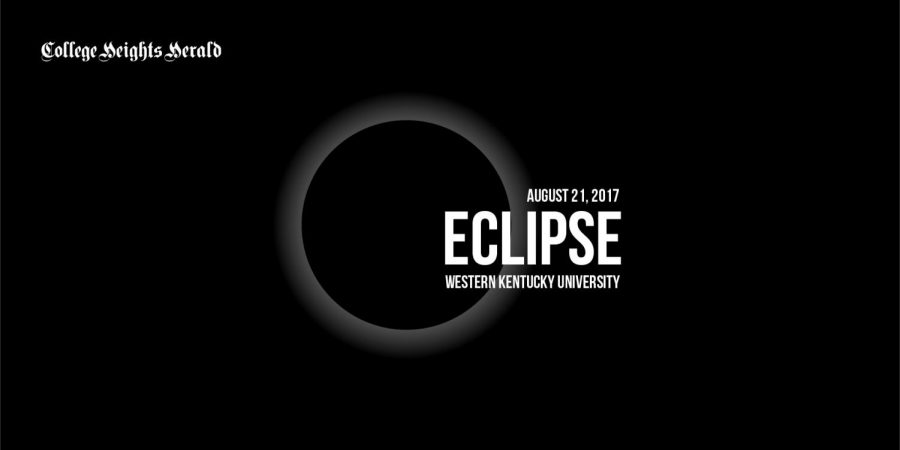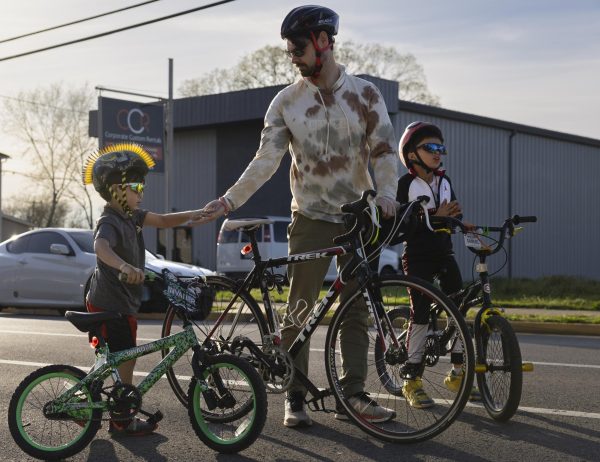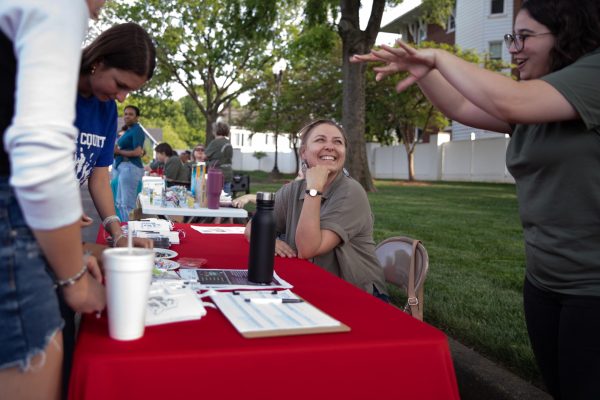A Deeper Look at the Eclipse
August 21, 2017
While many WKU students are prepping for the once in a lifetime opportunity to view a solar eclipse, one Gatton Academy alum is prepping to make history.
Now a freshman at the University of Kentucky, Honor Hare was approached by Richard Gelderman, an astronomy professor at WKU, to be a part of the Citizen CATE, or Continental-America Telescopic Eclipse, while she was a student at Gatton Academy.
The project’s goal is to create a full image of the solar corona throughout the eclipse, which has never been achieved before.
The solar corona is the outermost part of the sun, also known as the bright ring of light surrounding the moon during an eclipse. This is only visible in the path of totality during a solar eclipse, due to the fact that the solar surface’s intense brightness usually overpowers the corona.
With the combination of satellites already in place and the images collected at different sites, the project hopes to gather 90 minutes of footage. Not only will the final product be a beautiful and unique look at a rare event, it will also provide more scientific insight into the solar corona itself.
A record 68 people will be participating, all located in different areas in the path of totality. Most of the participants are ‘citizen scientists’, ranging from astronomers to professors to even middle schoolers.
Through the generosity of 15 sponsors, each of the participants will be given, and be able to keep all of the equipment used for the project. This further continues Citizen CATE’s mission to give ordinary people the means to do extraordinary things through science.
In order to test the project on a smaller scale, Hare first traveled to the different islands of Indonesia with a group in March of 2016. This experience showed Hare not only a small glimpse of what’s to come with the Citizen CATE Project, but also an eclipse from a different cultural perspective.
“Everyone wanted to meet us,” Hare said, as she described the excited local atmosphere.
Banners hung in every town that read, ‘Gerhana Matahari Total,’ Indonesian for ‘Total Solar Eclipse’. Universities had full days dedicated to the event, much like WKU’s plans to celebrate with the community and locals gathered for a chance to try on Hare’s solar eclipse glasses as the event approached.
Despite the anticipation surrounding the eclipse she witnessed in Indonesia, Hare feels that the main difference between Bowling Green’s event is that WKU students actually have a better opportunity to witness the event.
While in Indonesia, the group gathered images from only 5 sites and found the project to be a success, making the anticipation for an “unheard of” 68 sites even greater.
Although they did witness the same phenomenon in Indonesia, Hare explains that no two solar eclipses are exactly the same. The sun is constantly changing, and with each eclipse there are variations in solar flares, the solar corona and other factors.
“We are looking at the same things … but it’s going to be so totally cool and different,” she says.
Hare will be stationed at Adairville Elementary School where she will witness the same images that captivated her in Indonesia right here in Kentucky.
The solar corona can also be witnessed in Bowling Green, south of the Corvette Museum, at approx. 1:27 p.m. for only 48 seconds.

























